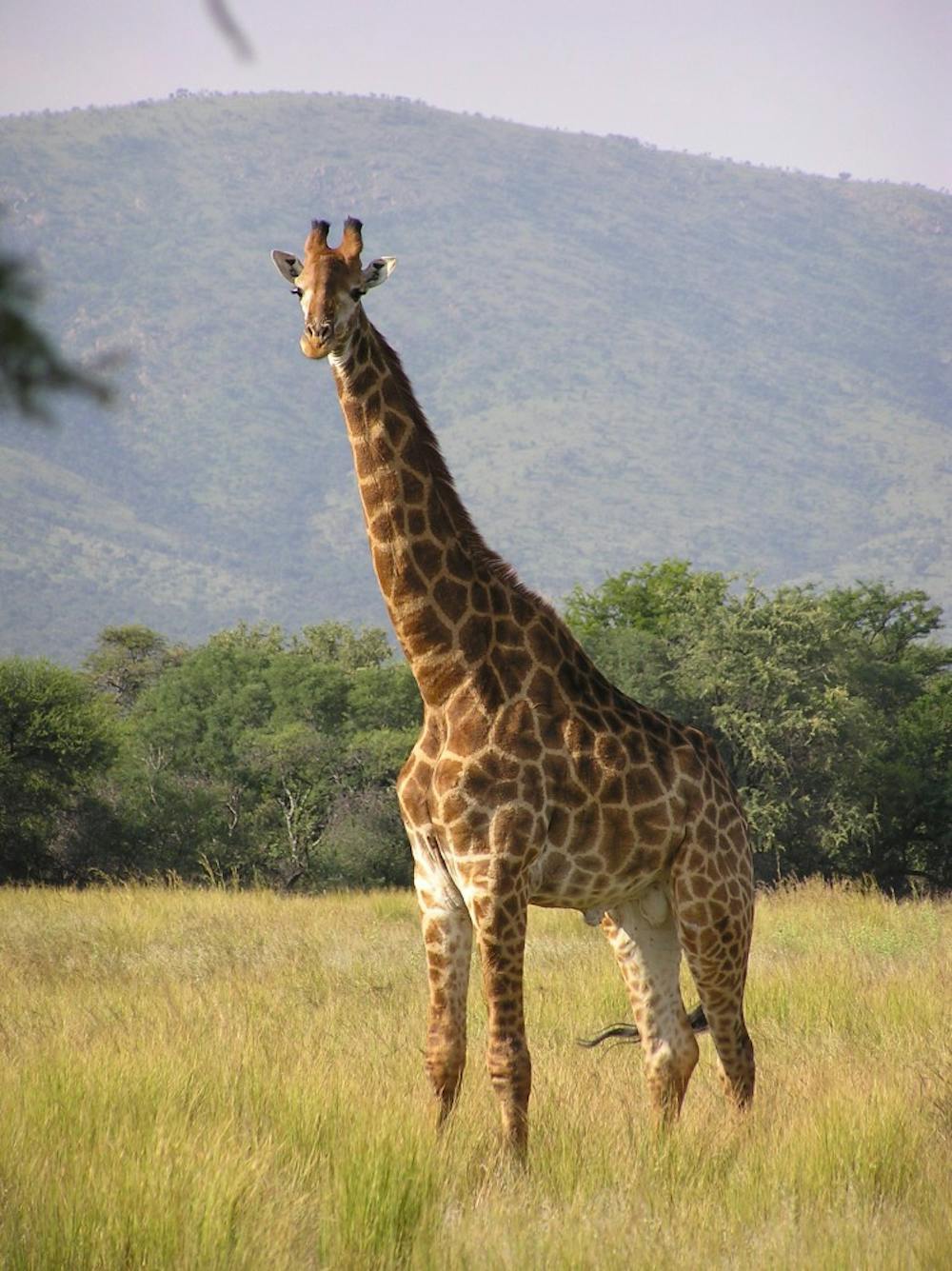Among the diversity of species that roam the Earth, a small subset of them have gradually evolved into some of social media’s favorite icons.
These animals typically attract widespread public attention because of their charismatic traits and unique characteristics; however, this high level of fame is also partly attributed to their frequent appearances in pop culture elements.
Recently, an international study published in PLOS Biology pointed out a correlation between a species’ cultural popularity and its extinction rate.
In the study, researchers used online surveys, questionnaires, zoo websites and even animated films to gather statistics about people’s favorite animals. In order of preference, the top 10 species voted as favorites are: lions, tigers, elephants, giraffes, leopards, pandas, cheetahs, polar bears, gray wolves and gorillas.
Subsequently, researchers discovered that these animals are at a greater risk for extinction because people falsely assume that their iconic presence must match up with their survival in the wild.
William Ripple, a distinguished professor of Forest Ecology at Oregon State University and a co-author on the study, revealed the cruel reality that popular animals are currently facing in the wild. The majority of these species are gravely threatened by unregulated human hunting and snaring practices.
“This killing by humans seems sadly ironic to me, as these are some of our most beloved wild animals,” Ripple said in a press release.
Although this phenomenon might seem puzzling to understand, a similar example may help clarify. Over the decades, many deceased movie stars or famous celebrities have solidified their status as lasting cultural icons. Long after their deaths, they continue to be regarded in an almost immortal manner. It appears that same halo effect is precisely what is taking place with popular zoo animals.
Franck Courchamp, a professor at the University of Paris and another lead author of the study, described the current trends in media and marketing that inadvertently creates a “virtual population” of many of the popular animals that might not actually be thriving in real life.
“Unknowingly, companies using giraffes, cheetahs or polar bears for marketing purposes may be actively contributing to the false perception that these animals are not at risk of extinction, and therefore not in need of conservation,” Courchamp said in a press release.
This raises a global issue for environmental and ecological conservation. Statistical measures taken throughout the past decade have indicated that large carnivores such as lions and tigers are suffering from a rapid decline, with tigers reaching only seven percent of their historical population and lions barely hitting the eight percent mark.
Additionally, pandas that once thrived in bamboo forests all over China have decreased to fewer than 2,000 in the wild.
Ripple speculated that humans might feel a closer affinity to other big mammalian species similar to themselves. This potentially explains why the top 10 ranked animals are some of the biggest terrestrial mammals on Earth.
However, the frequent appearance of these animals on different forms of social media has gradually been proven to tie to their downfall.
“If we don’t act in a concerted effort to save these species, that may soon be the only way anyone will see them,” Ripple said.





